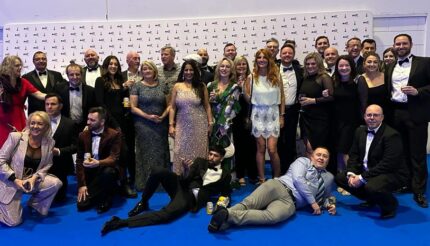A very important part of the time we spend at work is dedicated to meeting with people from our department, people from other departments and people outside the company.
A question that was asked in my company’s research was: What do you think about work meetings? Regarding working meetings, 29% said that they were often very long and unproductive, and 42% said that no decisions were made. This tendency to “gather” can lead us to a huge waste of time and keeps us from taking advantage of the opportunity to turn this type of event into a way of aligning teams and setting guidelines for improving the performance of the business. As can be seen from the survey results, we often misuse one of the most useful and necessary tools in companies to improve communication, training and the motivation of teams.
his magnificent opportunity is lost because of incorrect planning of meetings and ignorance of the basic techniques of organizing, conducting and following up on meetings.
In addition, the research showed that less than a third of respondents said their meetings are short and effective, highlighting widespread discontent about the misuse of this tool.
This information must be translated into numerical analysis. Any activity that is unproductive involves a no-return expense for the company. To the extent that there are several people gathered using part of their working day without adding value to the company, we are incurring an unnecessary and absurd expense, which makes the company less efficient and less competitive—not to mention the demotivating effect of attending meetings that waste their time.
To achieve effective meetings, I recommend the following:
• Make meetings with as short a duration as possible and with a maximum period of half an hour as a reference. The start and end times must be strictly adhered to. It is often the case that the delay of some of those called to the meeting wastes the time of those who arrive on time, causing enormous disruption. There must also be great rigor in sticking with the time of completion, which will oblige those invited to be very concise and concrete in their presentation.
• It is necessary for the meeting to have an agenda previously known to the attendees so that they are properly prepared, thus avoiding unnecessary discussions or diverting the focus of the meeting to matters not covered. If an agenda is not prepared for the meeting, the meeting will be a waste of time as the necessary steps will not be taken.
Establish a record of the conclusions and the tasks to be carried out by each attendee in a form and timeframe so that proper follow-up can be carried out at the next session. If there is no discipline and responsibility on the part of the participants at the end of the meeting, it becomes a declaration of intent or sometimes a wall of lamentation. Meetings should be short and very executive. The leader of the meeting must know how to handle very well the contents of the meeting, as well as the time allocated to each item on the agenda. Each person who speaks must comply scrupulously with the intended duration of the meeting. It must never be longer than planned. This generates a culture of respect for the time of colleagues and the optimization of each person’s time.
• Only those who are directly affected by the content of the meeting should attend. In many cases, as our research showed, the meetings are attended by too many people, and they are being asked to deal with issues that a good part of that group is not interested in, making them waste their time. Only those who are directly affected by the issues included in the agenda should be called.
• Meetings with people external to the organization, such as clients or suppliers, should also have a structure like that mentioned above: They should have a defined time to avoid excessive length and thus optimize the agenda. A significant portion of meetings with clients and vendors are engaged in conversations that do not add value to the purpose of the meeting and make it inefficient. I believe we must work with a thought model that might even be considered “obsessive” with managing time if we want to get better results.
Once these simple measures have been put in place, they begin to organize highly executive, productive meetings. This implements a culture of good use of time and the importance of company efficiency.





